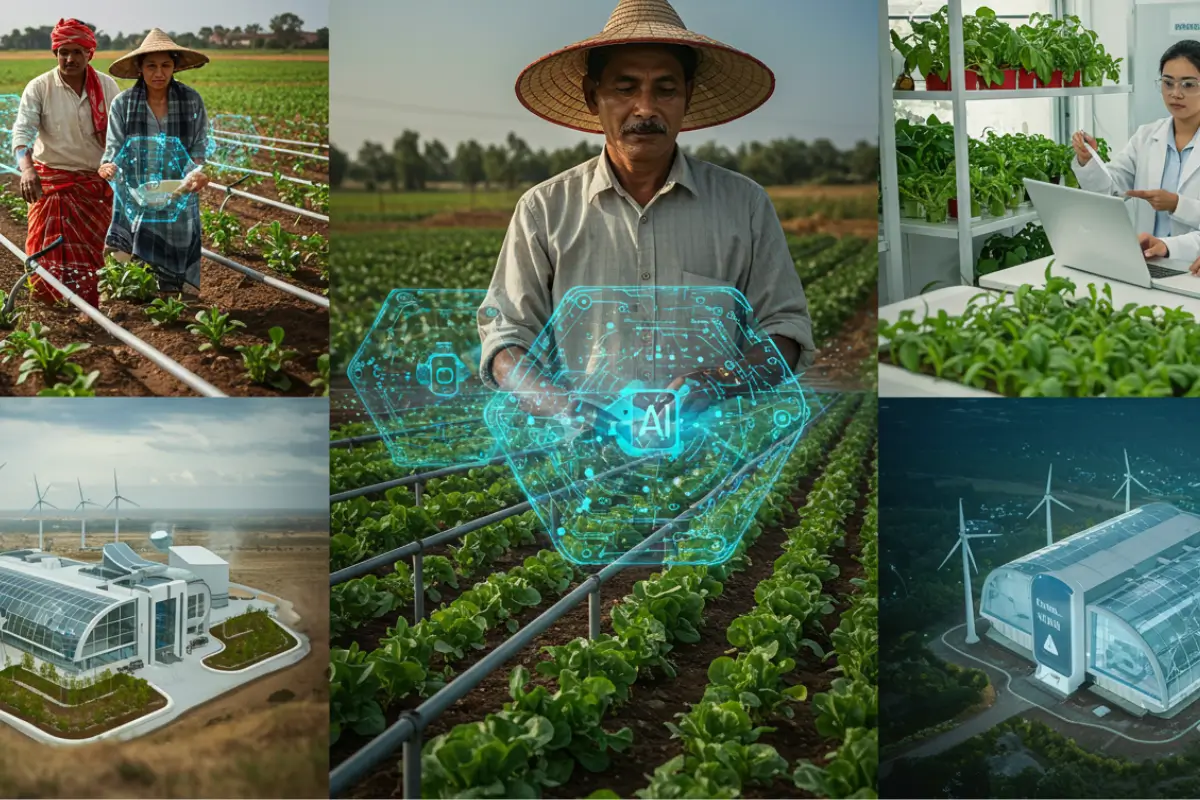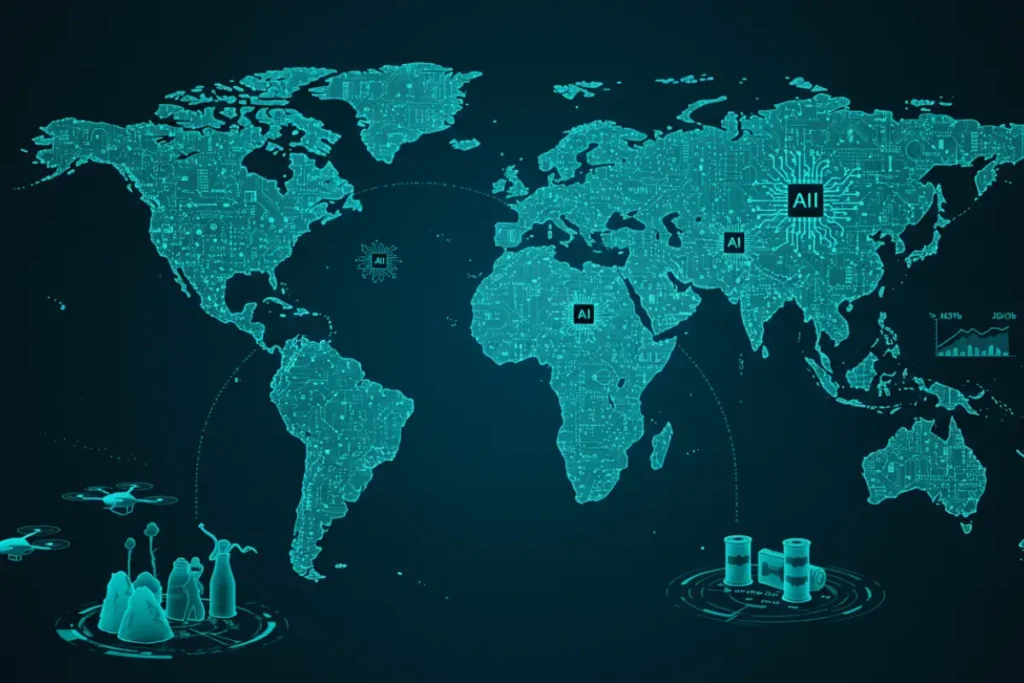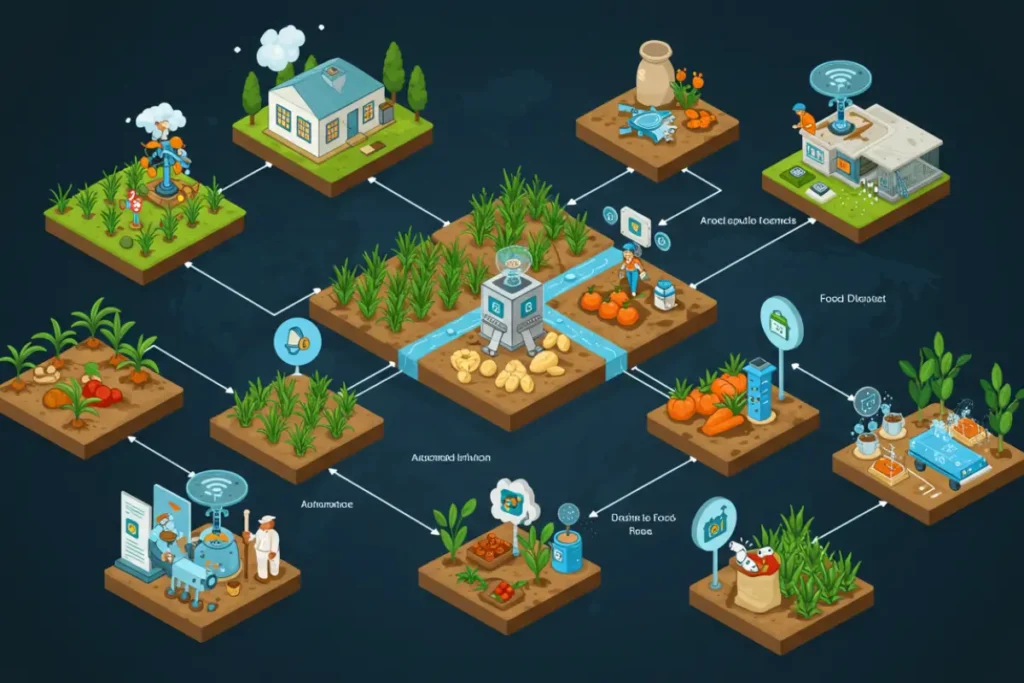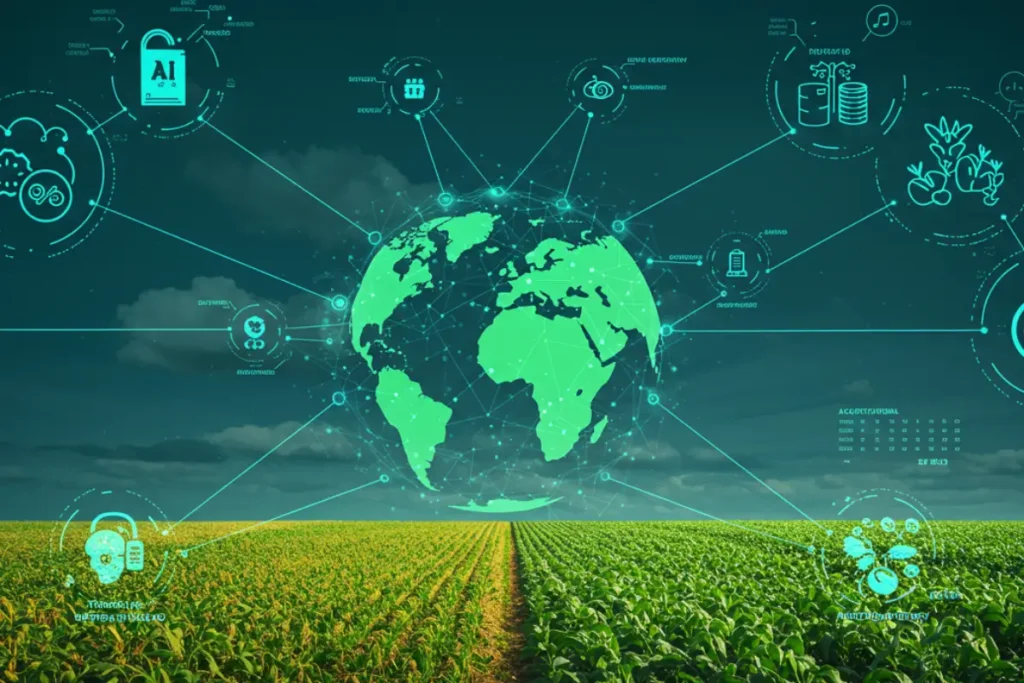The Role of AI in Solving World Hunger
- May 13, 2025
- 0
So, how do you understand the role of Artificial Intelligence (AI) in solving world hunger? It’s a massive, complex topic that affects millions of people around the world.
So, how do you understand the role of Artificial Intelligence (AI) in solving world hunger? It’s a massive, complex topic that affects millions of people around the world.

So, how do you understand the role of Artificial Intelligence (AI) in solving world hunger? It’s a massive, complex topic that affects millions of people around the world.
🌎 I mean, imagine if AI could predict food shortages before they happen or help farmers maximize crop yields using data. That would be a game changer, right?

Before diving into AI, let’s take a look at where we stand today. According to the World Food Programme, over 820 million people go to bed hungry each night.
That’s a staggering number, and it’s not just happening in developing countries — even in the United States, food insecurity is a major issue. But why is hunger still such a widespread problem in 2025?
If you want to dive deeper into this topic, check out this article on Wikipedia about Global Hunger.
Alright, so how is AI actually helping out? Picture this: Farmers using AI-powered drones to monitor crops from above. These drones can detect plant diseases, water stress, and nutrient deficiencies in real time. But that’s just the beginning.
Want to know more? Futuristic Intellect recently explored how AI is reshaping supply chain management in agriculture. Check it out here.

But what about getting food to the people who need it? AI is also stepping up in logistics and distribution:
For a fascinating look at how AI is transforming logistics, take a look at this article from MIT Technology Review: AI and Food Supply Chains.
Of course, we can’t ignore the ethical side of things. AI is powerful, but it’s not perfect. Here are some questions to consider:
If you’re curious about the ethics of AI, Futuristic Intellect has a deep dive on AI and Consciousness. Check it out here.

Looking ahead, the potential for AI to reduce hunger is massive.
Imagine a world where AI can predict droughts months in advance, where robots plant and harvest crops autonomously, and where blockchain ensures that every bit of food produced reaches the people who need it most.
But for that to happen, we need to address the barriers — from cost and accessibility to data privacy and ethical concerns. AI is not a silver bullet, but it’s a tool that, when used responsibly, can make a massive difference.
► How can AI predict food shortages? AI uses data from weather patterns, soil analysis, and crop reports to forecast potential food shortages.
► Can AI help small-scale farmers? Yes, AI-powered apps can provide real-time farming advice, pest detection, and weather updates.
► Is AI too expensive for developing countries? While some AI systems are costly, initiatives are underway to make affordable AI solutions available to all farmers.
If you liked this article, don’t forget to share it with a friend! And for more mind-blowing content on AI and the future, check out Futuristic Intellect at https://futuristicintellect.com/.